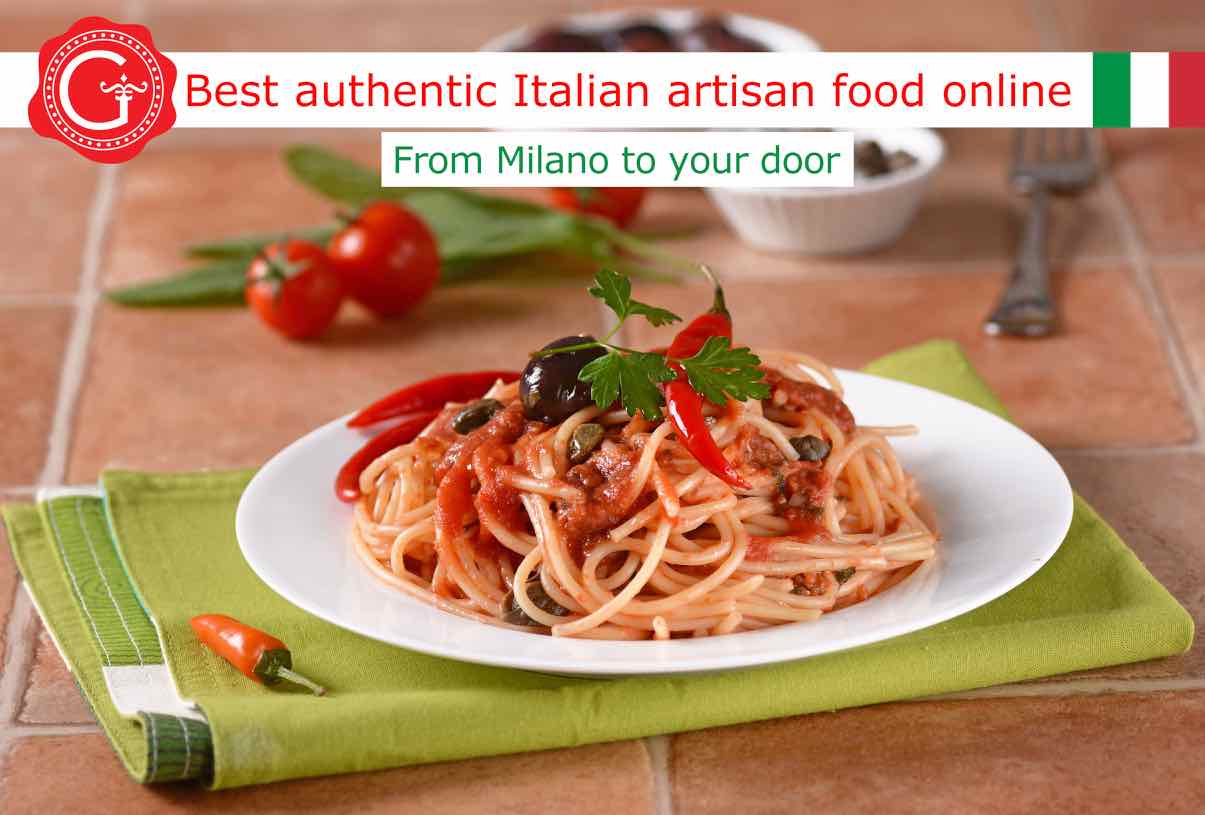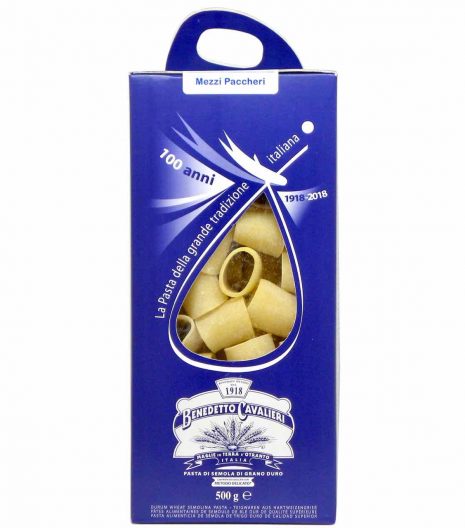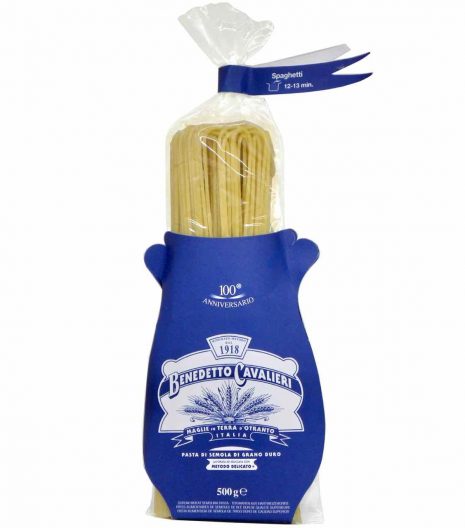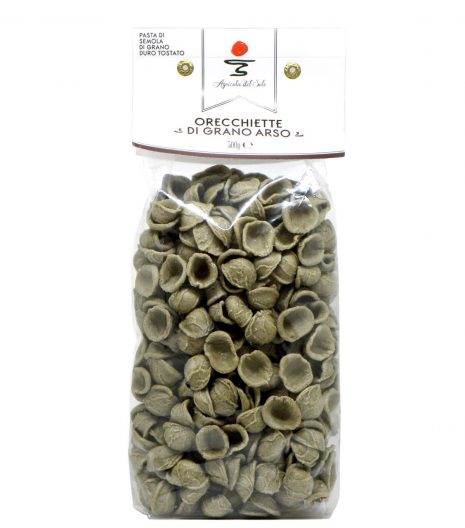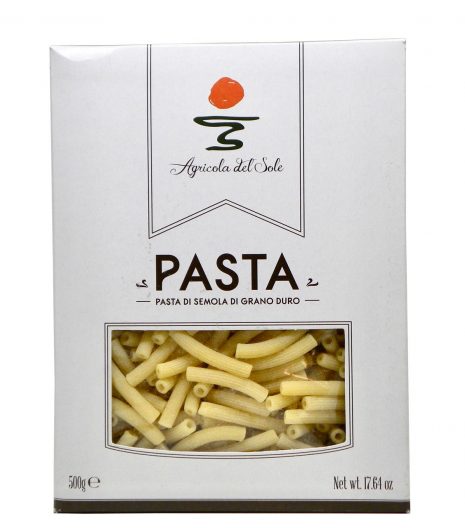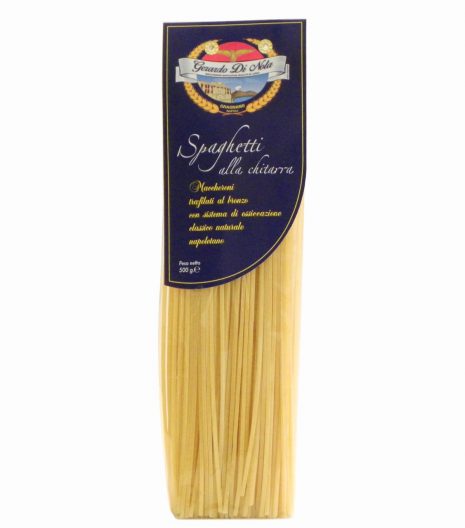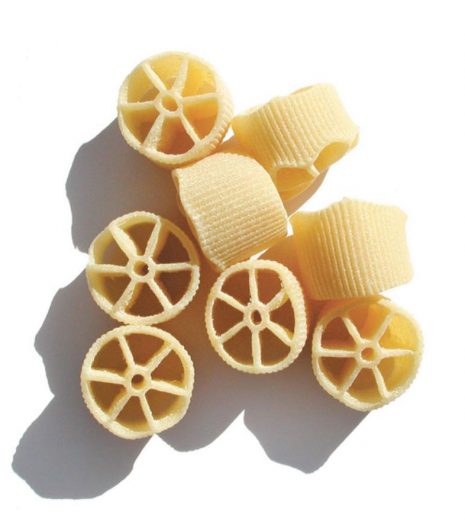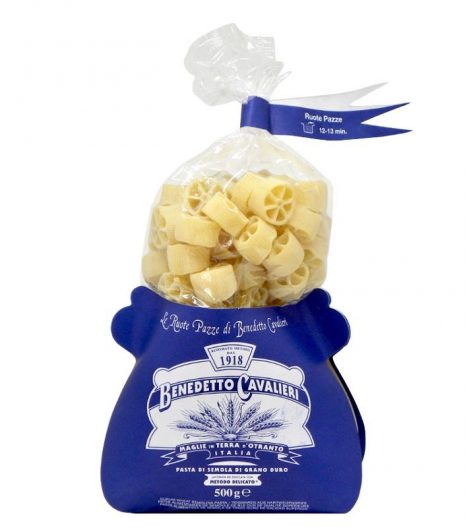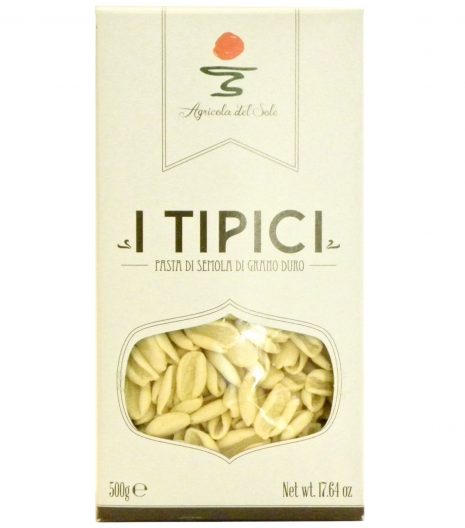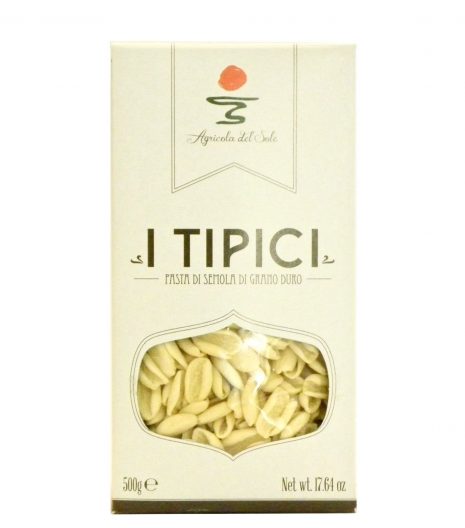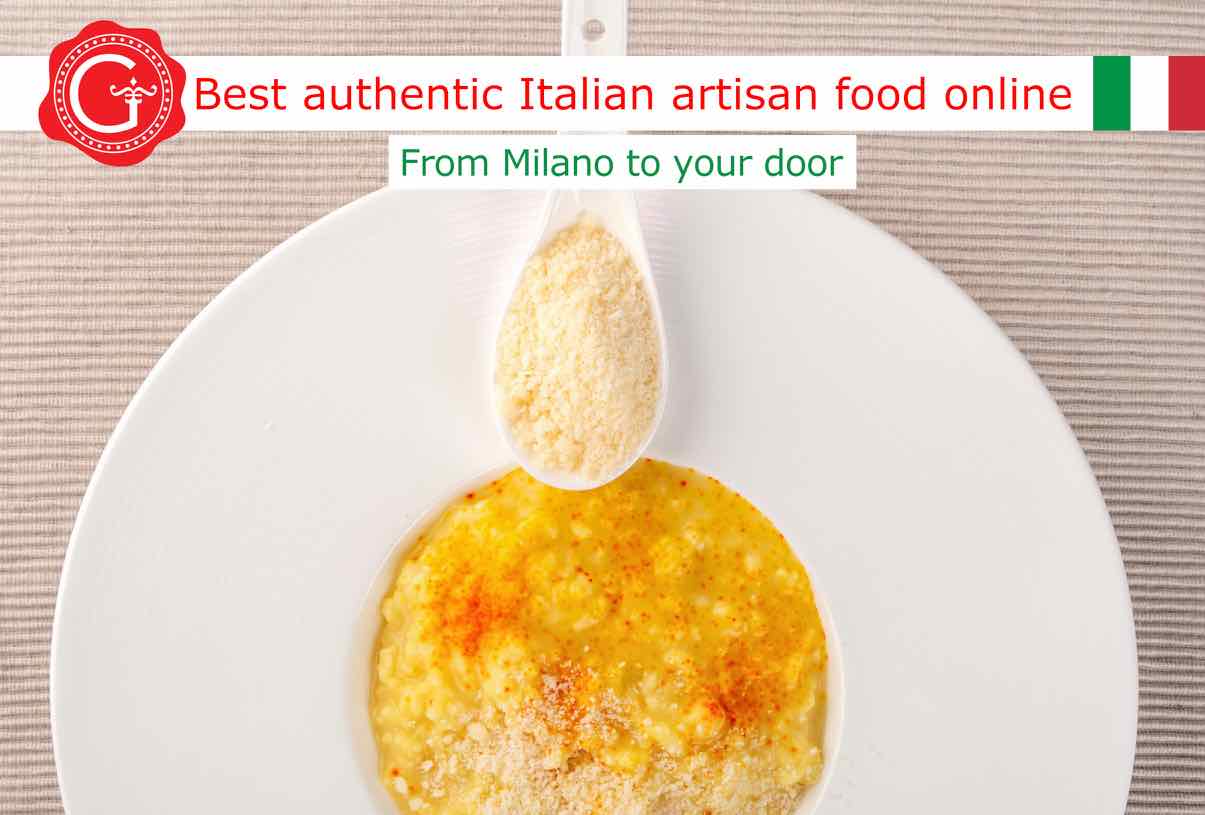There are two versions of the pasta puttanesca recipe: the Neapolitan and the one from the Lazio region. In Italian we say Pasta alla puttanesca, which translates pasta in the manner of puttanesca. The ingredients are simple, the flavor exceptional in both versions. The first testimony known to us of a recipe very similar to that which today is called pasta puttanesca is perhaps contained in the ‘Cucina teorico-pratica’ (Theoretical-practical cuisine) by Ippolito Cavalcanti.
Let’s see the ingredients, some tips and some hypotheses about the origin of the recipe and of the name.
PASTA PUTTANESCA INGREDIENTS FOR 4 PERSONS
- Durum wheat pasta 320 g
- Tomatoes 400 g
- Gaeta olives 80 g
- Capers preserved in dry salt 2 spoons
- 1 unpeeled garlic clove
- P Chili 1 (perhaps optional in the Lazio version of the recipe)
- Anchovies in salt 8-10 (only for the Lazio version)
- Parsley to taste
- Salt to taste
- Extra virgin olive oil to taste
PASTA PUTTANESCA RECIPE PREPARATION
As we saw, there are two versions of the pasta puttanesca recipe: the Neapolitan and the Lazio. Let’s see the preparation of both versions.
Preliminary steps
- Wash the tomatoes and break them with your hands or cut them into rather large pieces with a knife.
- Chop the parsley.
- Rinse the capers.
- If you want to make the Lazio version of pasta puttanesca, rinse the anchovies.
- It pits and if you wish it affects the olives.
Preparation of pasta puttanesca: other steps
- Crush the clove of garlic and brown it in a pan with a little estra virgin olive oil.
- Add olives, capers, chilli and, in the Lazio version, anchovies.
- After about 1 minute, add the tomatoes and cook over medium heat for about 10 minutes. In the Lazio version, when cooking the sauce, crush the anchovies so that they are divided into small pieces.
- While the sauce is cooking, set a pot of water on the stove.
- When the water boils, add a little coarse salt and toss the pasta.
- Taste the sauce and if necessary add a little of salt. When it is cooked, add part of the chopped parsley.
- When just over half the pasta cooking time has elapsed, take a little cooking water and transfer water and pasta to the pan.
- Cook the ingredients in the pan until the pasta is cooked al dente.
- Serve and add a little chopped parsley and extra virgin olive oil on the plates
SHOP ONLINE THE BEST ARTISAN ITALIAN PASTA AND ARTISAN ITALIAN FOODS
On Gustorotondo you find best artisan authentic pasta and Italian foods for your pasta puttanesca recipe.
We look for producers who have high-quality standards, and we offer artisan Italian good products that enhance the tradition and authentic flavours of Italian cuisine.
Gustorotondo was born as a traditional Italian food store in the center of Milan, and then started the e-commerce business. Now you can buy traditional Italian food online on Gustorotondo from all over Italy, from England, from Germany, from the Netherlands, from the Czech Republic, and from all the other European countries.
Shop online the best authentic artisan Italian food at Gustorotondo
SOME TIPS OR ADDITIONAL INFORMATION
- Spaghetti is normally used for pasta puttanesca recipe. Also spaghettoni, linguine or some short pasta shapes such as half rigatoni, penne or half penne pair well with puttanesca sauce.
- The sauce should cook until it becomes slightly thick.
- Use a pasta fork to transfer the long pasta from the pot to the pan.
- Some persons add a bit of Pecorino Romano or Grana Padano or Parmigiano Reggiano. Although not included in the original recipe, you can try and judge!
- A portion of pasta puttanesca brings about 500 calories.
WHERE DID PASTA PUTTANESCA COME FROM?
Where did the recipe come from? And where did the name puttanesca come from? Let’s see what we found!
Some origins of the recipe
Looking for the origins of the recipe that we now call puttanesca, we find some similar dishes and different hypotheses.
In the Cucina teorico-pratica by Ippolito Cavalcanti, on page 179 of the fourth edition (printed in Naples in 1844), we find the Vermicelli all’oglio con olive, capperi, ed alici salse, which translates to Vermicelli with olives, capers, and salted anchovies.
In the Guida Gastronomica d’Italia (Gastronomic Guide of Italy), published by the Italian Touring Club in 1931 in Milan, among the dishes of the province of Naples we find the Maccheroni alla marinara. They are seasoned with fresh tomato sauce, cooked in oil with garlic and parsley, to which are added capers and olives.
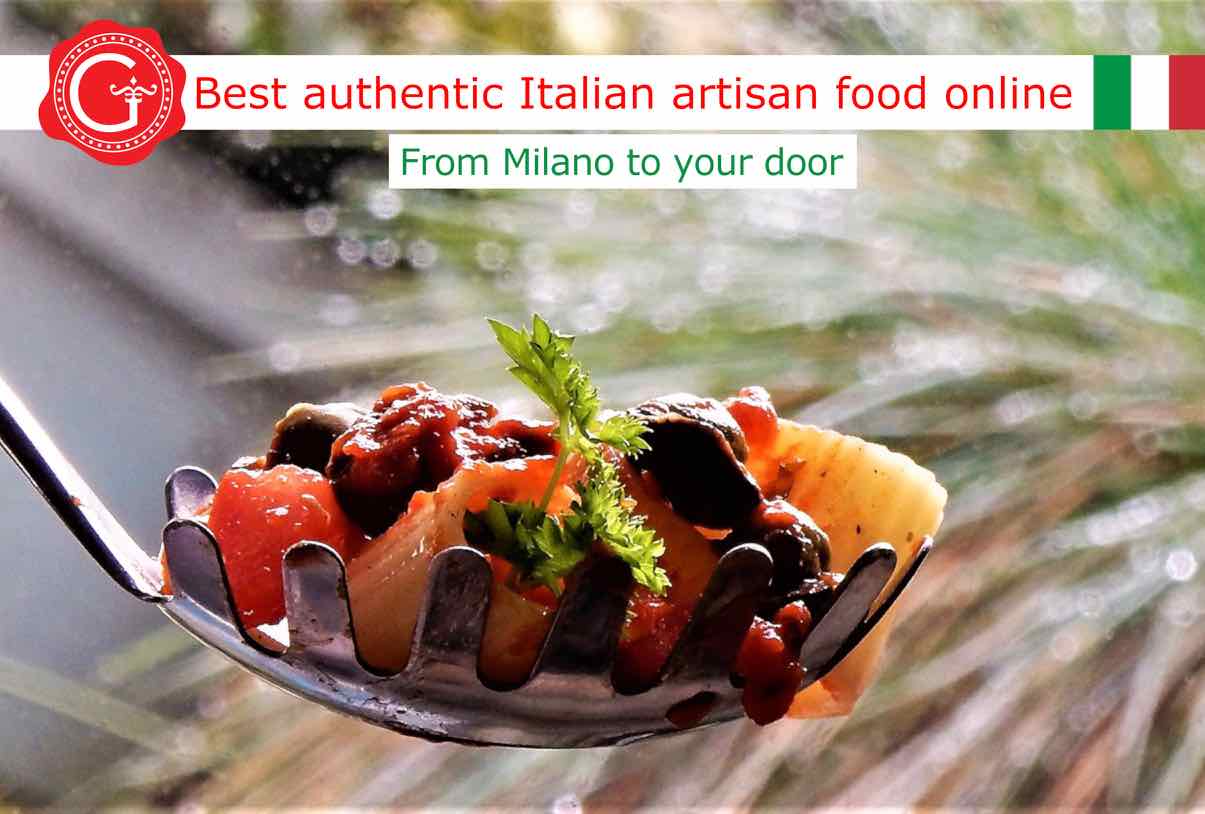
Why is it called puttanesca?
The condiment in the manner of puttanesca is also called aulive e cchiapparielle, i.e. olives and capers. Where does the name puttanesca come from? Arthur Schwartz, in his book Naples at table shows some hypotheses extracted from two books: Partenope in Cucina and La cucina napoletana by Jeanne Carola Francesconi. According to the latter, the puttanesca was called marinara, but just after the Second World War, in Ischia, the painter Eduardo Colucci changed its name (for unknown reason).
In La Cucina napoletana (The Napolitan Cuisine) by Luciano Pignataro, however, there are news that change the landscape. In fact, in the book the recipe of the Vermicelli alla puttanesca is preceded by an introduction by Bruno Macrì, who shows an excerpt from the book Lucio Battisti – Emozioni Ischitane by Anna Maria Chiriello. In the passage quoted in the book of the Chiariello, Petti tells that one night (around four in the morning) at the Rangio, a famous Ischian restaurant, some friends were really hungry. He said there was nothing left in the kitchen, but his friends insisted and said ‘facci una puttanata qualsiasi’, which would sound something like ‘throw together whatever’. Sandro Petti, Colucci’s nephew, therefore claims the authorship of the puttanesca sauce.


